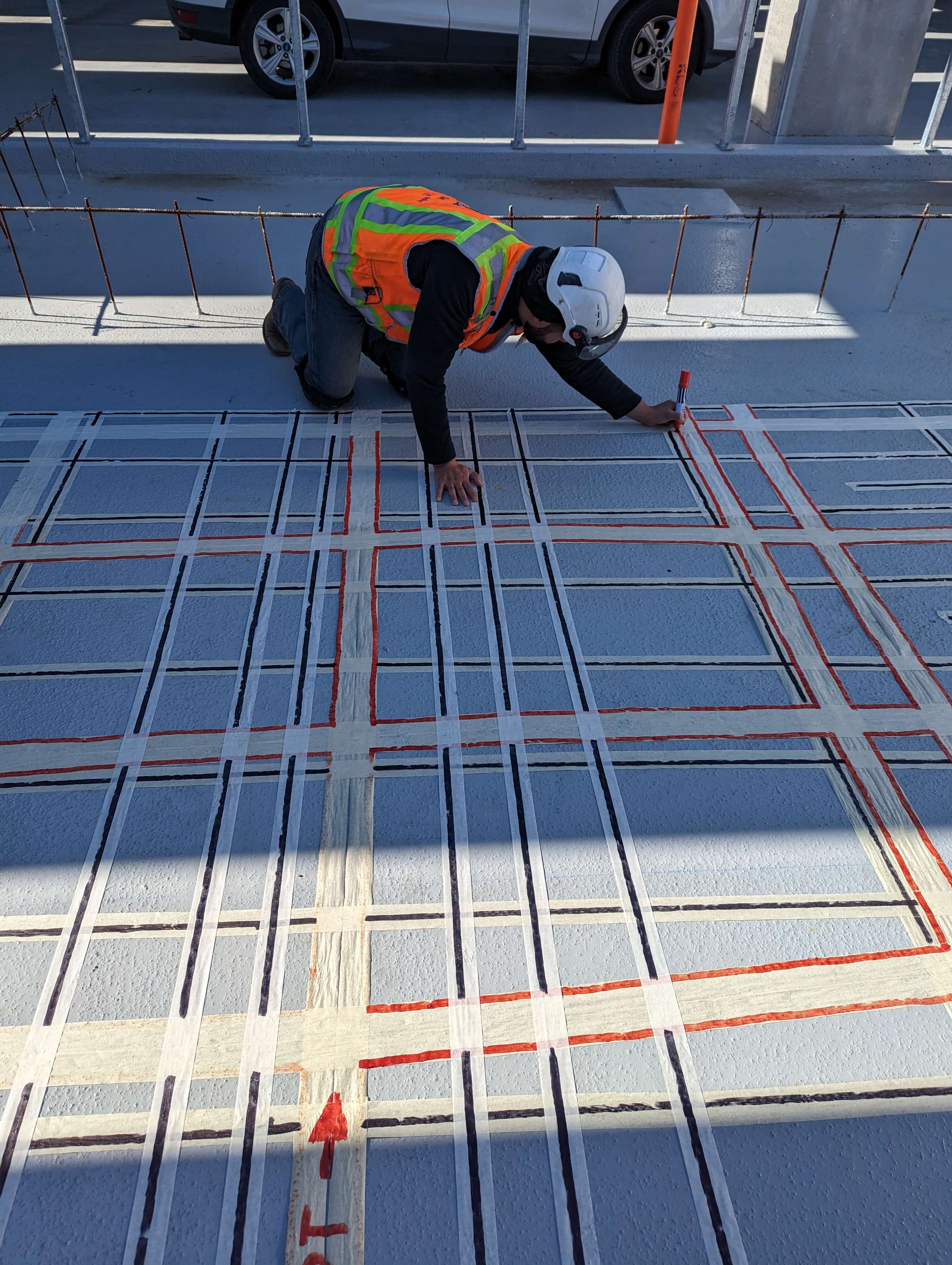The Relevance of Expert Concrete Scanning Services
The Relevance of Expert Concrete Scanning Services
Blog Article
Reveal the Transformative Power of Concrete Scanning in Making The Most Of Efficiency and Safety And Security
Concrete scanning has emerged as a vital device in the building and construction sector, offering exceptional advantages in boosting project efficiency and ensuring safety requirements. The transformative power of concrete scanning lies in its capability to supply real-time information and in-depth understandings, changing just how tasks are planned and performed.
Significance of Concrete Scanning
Making sure the architectural stability and security of building projects starts with the vital action of conducting comprehensive concrete scanning. Concrete scanning is a non-destructive method used to detect and map subsurface elements within concrete structures. This procedure is vital in identifying potential threats, such as rebar, post-tension cords, and channels, that may be hidden within the concrete. By using advanced modern technologies like ground-penetrating radar (GPR) and electromagnetic induction, construction groups can precisely situate these components without creating any type of damages to the structure.
Additionally, concrete scanning aids in enhancing job timelines and spending plan by preventing unexpected expenses and delays that may develop due to unanticipated blockages within the concrete. Eventually, spending in detailed concrete scanning is an aggressive strategy that boosts both efficiency and security in building and construction tasks.
Just How Concrete Scanning Functions
Concrete scanning operates as an essential device in construction tasks by using innovative modern technologies to find and map subsurface components without triggering structural damages. Ground Permeating Radar (GPR) and Electromagnetic Induction (EMI) are 2 primary techniques made use of in concrete scanning.
Throughout the scanning process, the information collected is examined in real-time, permitting immediate identification of potential risks or challenges underneath the surface area. By using these advanced technologies, concrete scanning considerably reduces the danger of expensive problems and injuries on construction websites.
Advantages of Concrete Scanning
Utilizing innovative scanning technologies in construction projects provides a wide variety of benefits, boosting both performance and security on-site. Among the key advantages of concrete scanning is the ability to discover and situate ingrained things such as rebar, post-tension cables, and conduits accurately. By recognizing these elements prior to drilling or reducing into concrete frameworks, the risk of accidental strikes is significantly reduced, preventing possible injuries to employees and damages to the framework itself. Furthermore, concrete scanning aids in planning and developing more properly, as it offers accurate info about the area and depth of architectural elements.

Study: Concrete Scanning Success

In one more situation, a building and construction company used 3D concrete scanning to analyze the problem of aging concrete structures in a historical building. The in-depth scans given important understandings into the degree of wear and tear and aided focus on maintenance efforts effectively. By proactively addressing locations of issue identified through scanning, the business had the ability to extend the life expectancy of the structure and guarantee resident safety and security.
These instance research studies underscore the transformative discover here power of concrete scanning in improving efficiency, accuracy, and safety and security in building and construction tasks.
Carrying Out Concrete Scanning in Projects
Carrying out advanced scanning technologies throughout building and construction tasks has become increasingly crucial for boosting precision and security. By incorporating concrete scanning into project planning and implementation, construction teams can determine potential hazards, such as rebar or post-tension cable televisions, hidden within concrete structures. This proactive approach minimizes the risk of accidents, hold-ups, and expensive rework, eventually resulting in much more reliable task timelines and spending plans.
To carry out concrete scanning efficiently, job managers ought to collaborate closely with skilled scanning experts to determine one of the most suitable scanning methods for the certain job demands. Involving scanning experts from the very early phases of a project enables the group to create extensive scanning strategies that resolve crucial locations of worry and ensure complete data collection.
Moreover, incorporating concrete scanning right into regular task workflows can improve decision-making processes, as real-time scan data supplies prompt insights right into the condition of concrete structures - Concrete Scanning. This data-driven technique facilitates informed analytical and makes it possible for teams why not find out more to make changes quickly, fostering a culture of efficiency and safety throughout the project lifecycle

Verdict
Finally, concrete scanning plays an important duty in enhancing effectiveness and safety in building jobs. By making use of sophisticated technology to find and map out underlying structures within concrete, this procedure assists to stop pricey blunders, make sure architectural integrity, and minimize risks on site. With the capacity to reveal hidden components and supply exact information, concrete scanning confirms to be an important device for maximizing project results and optimizing general success.
Concrete scanning is a non-destructive method made use of to detect and map subsurface elements within concrete structures. Additionally, concrete scanning aids in maximizing project timelines and spending plan by avoiding unexpected prices and hold-ups that may arise due to unexpected blockages within the concrete. One noteworthy situation research involves a large-scale restoration job where concrete scanning played an essential duty in making certain project success.In another instance, a building and construction company made use of 3D concrete scanning to examine the condition of maturing concrete structures in a historic structure. By incorporating concrete scanning right into job preparation and implementation, construction groups can determine prospective risks, such as rebar or post-tension cables, concealed within concrete frameworks.
Report this page